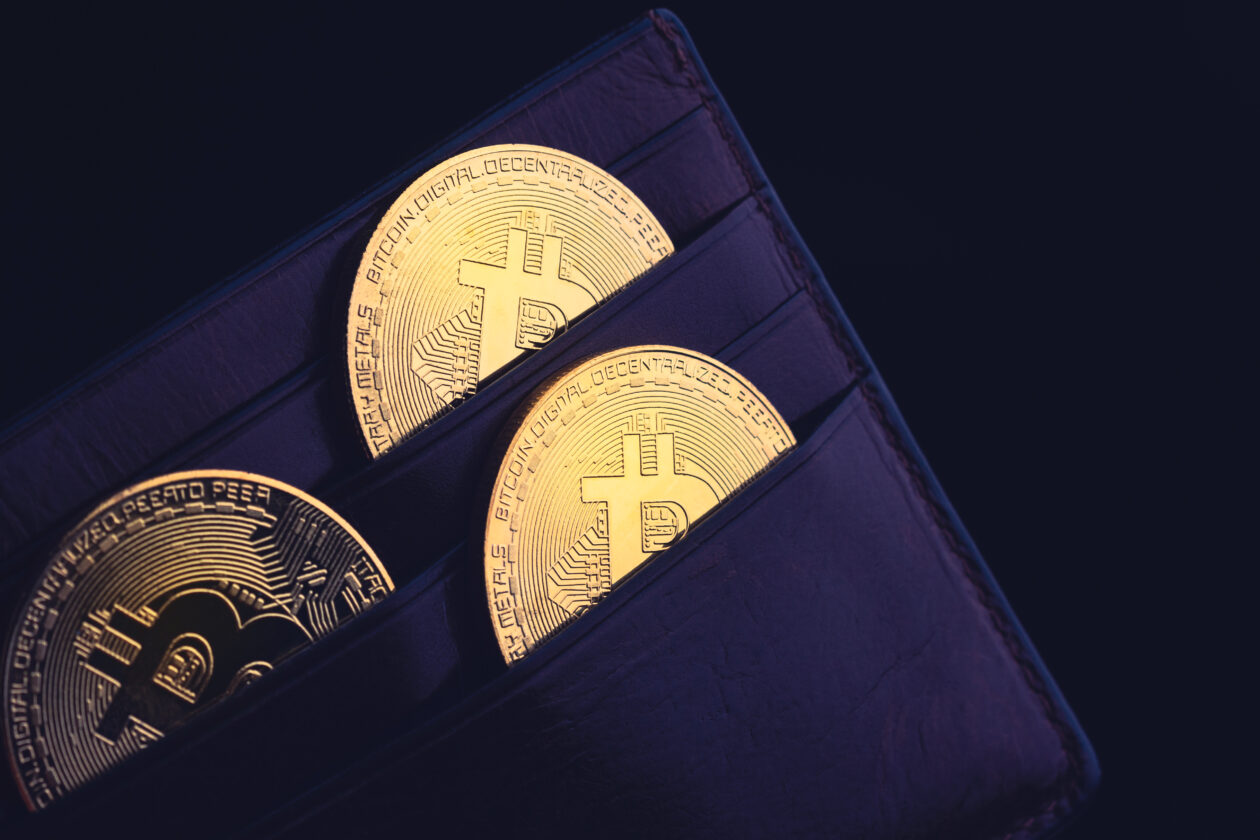Binance Holdings Ltd., the world’s largest cryptocurrency exchange, acknowledged it mistakenly stored customer funds in the same wallet holding collateral for its Binance-pegged tokens, known as B-Tokens, according to a Bloomberg report on Tuesday.
See related article: Binance’s BUSD-peg stablecoin has not always been fully collateralized: report
Fast facts
- Binance said it has begun the process of transferring the assets to their respective wallets, according to the report.
- On Monday, Binance released a proof-of-reserves for 94 B-Tokens, which are all held in a wallet called “Binance 8.”
- This wallet contained significantly more funds than would be required to collateralize the total number of B-Tokens, which indicated additional assets were held in the wallet.
- “Collateral assets have previously been moved into this wallet in error and referenced accordingly on the B-Token Proof of Collateral page,” Binance wrote in an email statement to Bloomberg. “Binance is aware of this mistake and is in the process of transferring these assets to dedicated collateral wallets.”
- Earlier this month it was reported that Binance’s BNB Smart Chain-based BUSD stablecoin was under-collateralized by up to US$1 billion on at least three occasions. The token, otherwise known as Binance-pegged BUSD, is designed to maintain a stable value of US$1 via reserves of another version of BUSD running on the Ethereum blockchain.
- Binance had since released updated guidance on how it handles the backing of its tokens. However, the report that customer funds have been mixed with other collateral indicate the company has failed to follow this guidance.
- The embarrassing error comes after the failed FTX crypto exchange was accused of “co-mingling” customer funds and using the money for trading in violation of its own rules for protecting client assets.
- Binance made a controversial decision in September to convert customers’ holdings of three stablecoins, USDC, Pax Dollar (USDP) and True USD (TUSD), into BUSD, in a move the company said would “enhance liquidity and capital efficiency for users.”
See related article: Binance stablecoin conversion controversial, but what does it mean for users?





